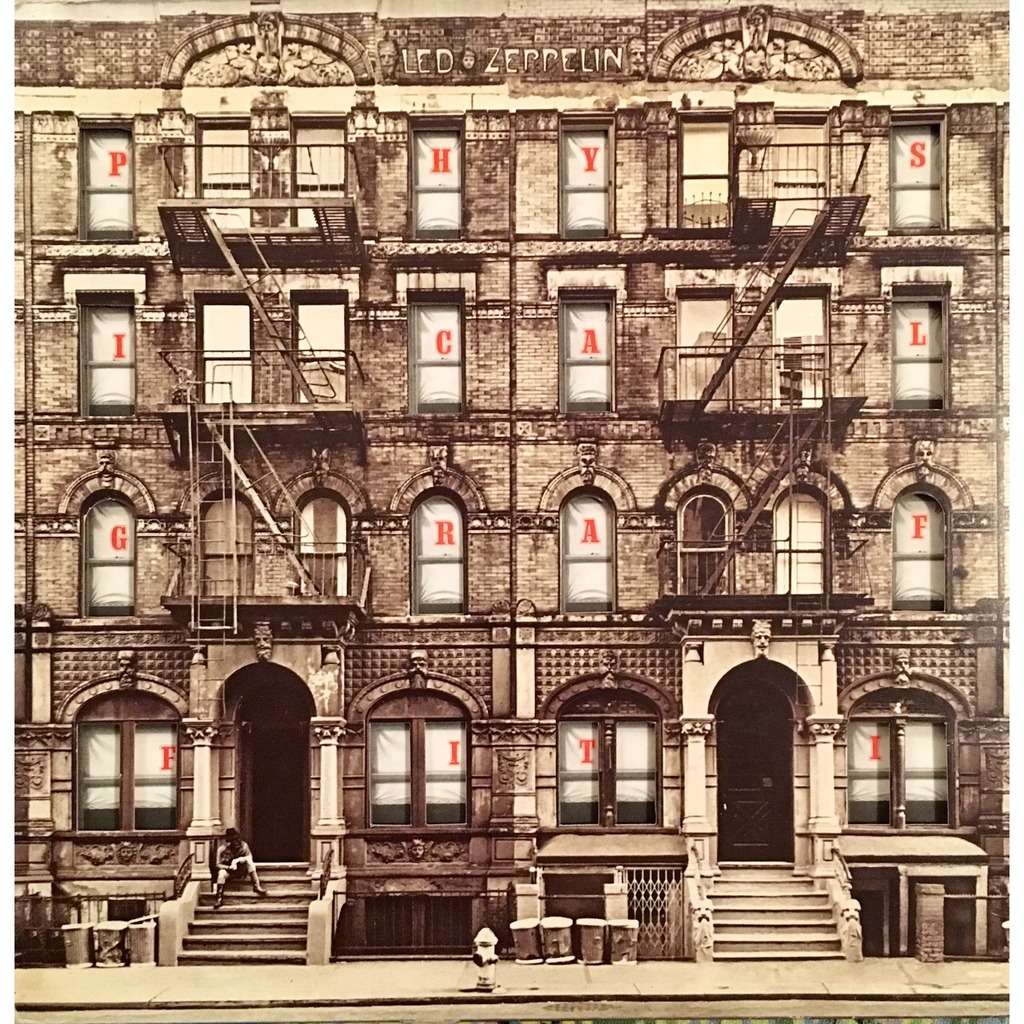Given the intense physical and emotional demands of being a touring musician, it’s no surprise that when it comes time to write or record, many bands opt for seclusion.
Justine Vernon of Bon Iver famously retreated to his family’s Wisconsin cabin to create his acclaimed and influential album For Emma, Forever Ago.
As Johnny Cash’s health declined, and making trips to the studio became too physically onerous, he had one built at his cabin – a studio that has continued to flourish since his death, and has been used by Elvis Costello, Mavis Staples, and Rick Rubin.
Pachyderm Studios, in the wilds of Minnesota, has hosted several bands that have been featured on this blog over the years, including Explosions in the Sky, Failure, and Nirvana. Part of its appeal is, clearly, the offer of a retreat from the oppressively fast-paced music industry.
Pre-dating any of the above examples is a cottage called Bron-Yr-Aur, a 300-year-old stone house in Wales that became a creative sanctuary for Led Zeppelin in the 1970s.
Jimmy Page and Robert Plant first spent time at Bron-Yr-Aur (pronounced something like “brone-uh-ryer” because Welsh is wonderfully wacky) after a long tour, and wrote much of their third album there. Actually, pieces of several later albums were recorded at the cottage as well, and Jimmy Page’s daughter was apparently conceived within its (hopefully soundproof) walls.
If you’re a Led Zeppelin fan, the list of songs written at the Bron-Yr-Aur probably won’t surprise you, because despite being released on different records, the tracks sound like they belong together – “Over the Hills and Far Away,” “Friends,” “Down by the Seaside,” “The Crunge,” “Poor Tom” – had they been released on the same record, they would be as cohesive as any of Led Zeppelin’s actual albums. The acoustic twang of the Welsh countryside is unmistakable.
But none of the above songs quite captures the bucolic calm of rural Wales quite like the track named for the cottage itself, which was released on 1975’s Physical Graffiti.
What makes this a beautiful song:
1. The way it fades in, like a country house slowly coming into view over a hill.
2. It might be the result of an effect in post-production, but the guitar sounds just a touch out of tune. But instead of sounding amateurish, it sounds friendly and folksy, like the equivalent of a honky-tonk piano.
3. Listen on headphones; Page’s guitar pans gently back and forth. A simple, yet effective way to immerse the listener in the location.
Recommended listening activity:
Making one last trip to the cottage before winter.
